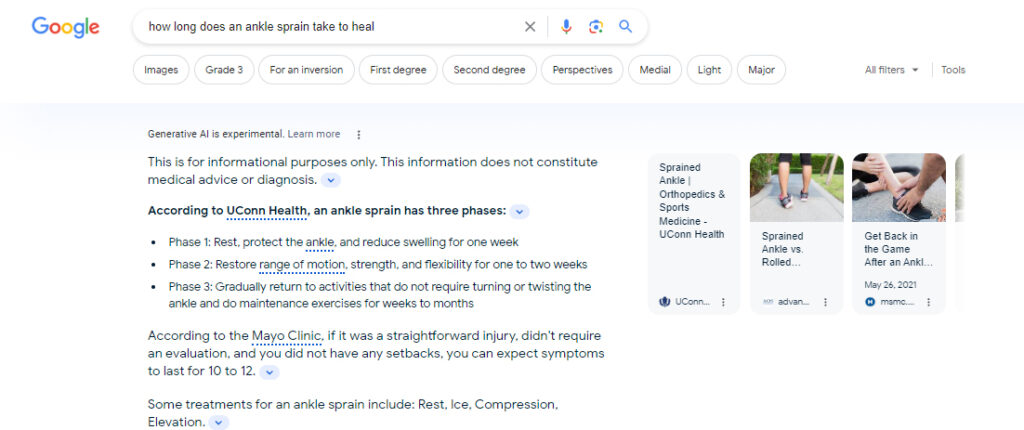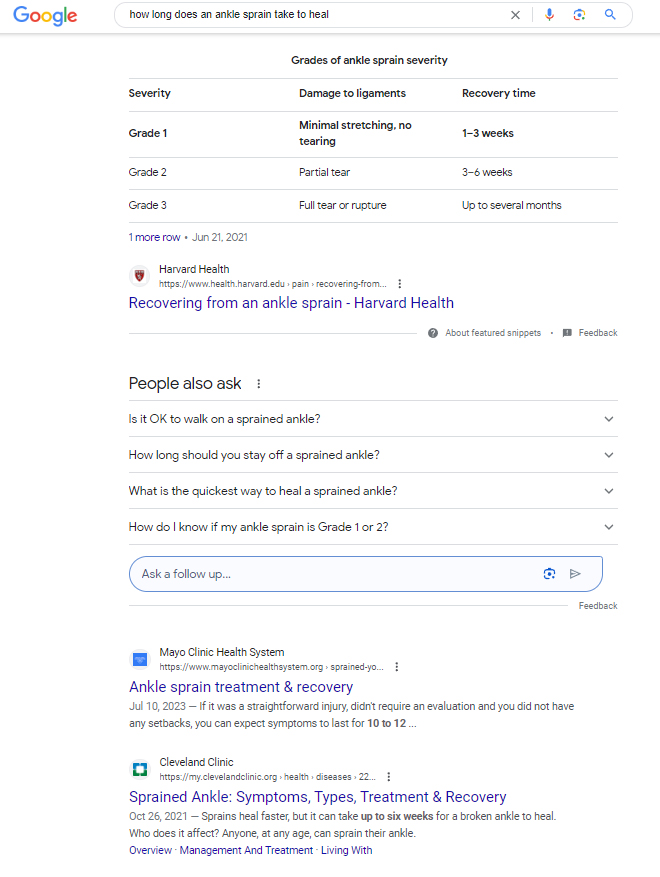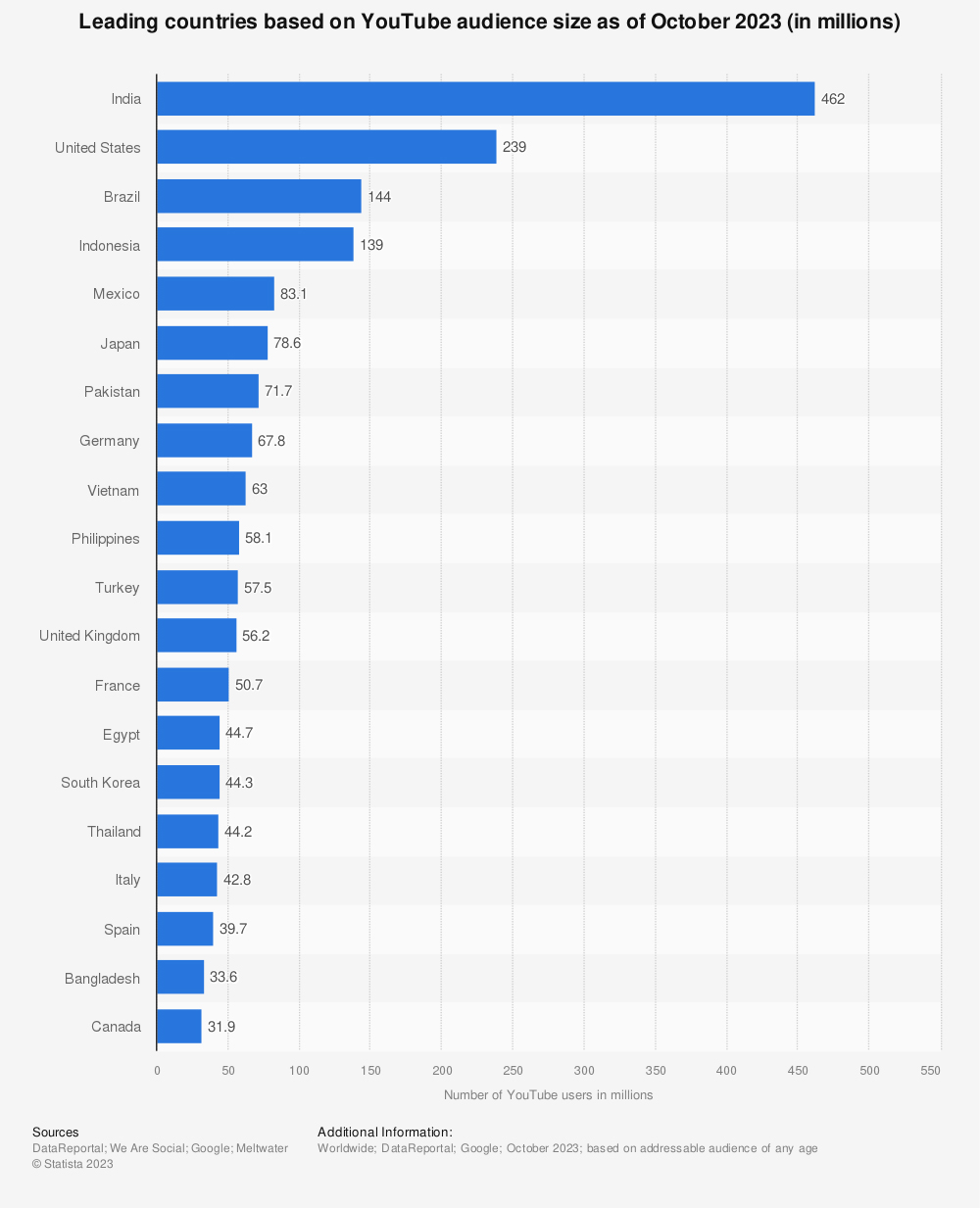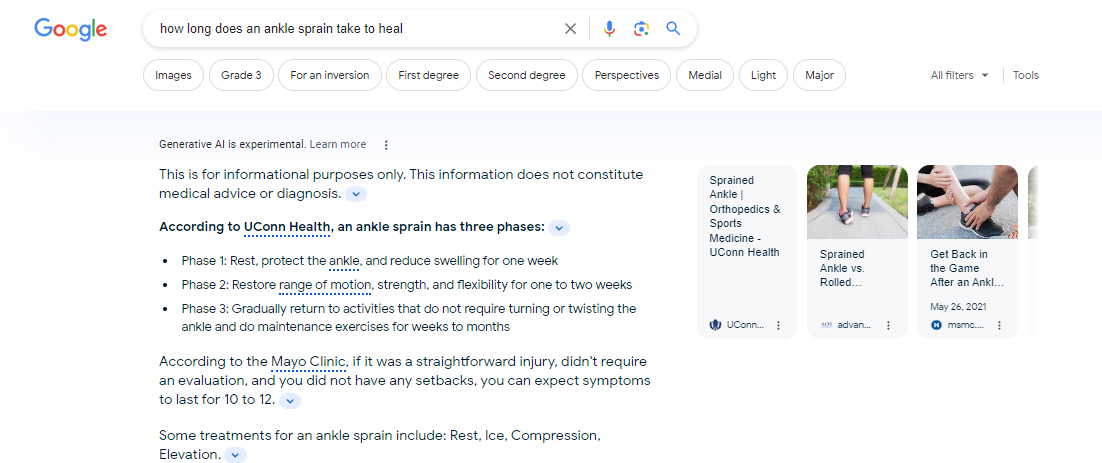Healthcare digital marketing is a highly capable tool for healthcare providers. However, it can be hard for medical professionals to navigate constantly shifting healthcare marketing trends and an ever-changing digital landscape.
That’s where this article comes in. We’ve taken all our experience as a premier healthcare marketing agency and distilled it down so you can:
- Understand the current trends in healthcare marketing.
- Learn about proven healthcare marketing strategies that can help you take advantage of the latest trends.
- Discover actionable steps you can take to implement these strategies.
Let’s start by taking a look at some current healthcare marketing trends that you may or may not have heard about.
3 healthcare marketing trends we’re seeing in the digital health space
We all know that healthcare has always been a rapidly changing industry, but few spaces have seen such drastic transitions compared to the digital health space post-COVID-19. Digital healthcare saw a shift not just in how people were accessing healthcare (which honestly was the easiest shift that came out of the pandemic), but also in how people were engaging with (and trusting) medical content. The trends we’ve seen over the past several months are largely rooted in Google’s response to regaining trust and authority in the healthcare space by rearranging the algorithms to only feature voices in the digital health space that have EARNED trust with their proven expertise.
Now, if you are a trustworthy medical professional — this is great news! You already have the expertise that Google is looking for. You just need to know the new rules that we’re all playing by. That’s where we step in. We’re continually engaging with and testing new strategies in the digital health space to determine not just what works for Google’s algorithms, but also to find out what patients are actually engaging with and responding to.
Here are three of the biggest healthcare marketing trends that our digital marketing pros are currently seeing:
-
The rise of answer engines.
Artificial intelligence (AI) is having a profound impact on many industries, including, most likely, your own healthcare practice. Google has recently (December 2023) rolled out its own version of AI into traditional SEO — the result being called AEO, which stands for answer engine optimization.
Answer engines are driven by AI search bots that are designed to provide quick answers to the questions people type into search engines. The AI bot cruises the internet searching for the highest-ranking and most relevant articles, scans them, and automatically generates a direct and unique response to the searcher’s question. All in a few seconds.
These capabilities allow patients to get information about health conditions and healthcare services faster than ever before.
The problem here is that because the answers are AI generated, they are not attributed to any website or brand. There is no click-through capability. This is going to cause significant drops in organic traffic to healthcare sites if the majority of a brand’s keywords are transferred to AEO. This is also going to impact what keywords brands should choose to write about, with many SEO tools launching beta metrics to show which keywords have a likely probability of being rolled into Google’s AEO.
Why did Google do this? It’s not like Google tells us anything, but if the trend is that Google is trying to highlight trustworthy content and voices in the digital health space, then trust and expertise is not going to be proven by questions that can be answered simply.
Think about it this way: You don’t call your mother when you have a simple question like, “How many liters in a gallon of water?” You go to Google for that. But you do call your mom when you’ve had a hard day and you need legitimate advice, because your mom has the proven trust and expertise to give you the answer you need for the big, complex questions.
When it comes to simple questions, an AI bot can take care of those, forcing brands to tackle the big questions that readers have about their health, which would show two things: 1) trust and expertise in the space, and 2) a profound understanding of SEO rules.
-
The introduction of Search Generative Experience.
May 10, 2023, could end up being one of the most significant dates in digital marketing history. It was on that day that Google announced it would be launching Search Labs to allow Google users to test new search products and ideas, including Search Generative Experience (SGE). SGE is a new search experience that allows users to:
- Quickly get basic information about the topic they’re searching for with an AI answer engine-generated overview.
- View pointers on how to explore the topic more deeply.
- Easily find resources to explore related topics.
Here are some images of what a common potential patient question might look in SGE:

The above image is what potential patients might see in Google’s SGE at the top of the results page for the question, “How long does an ankle sprain take to heal?” The next image displays what shows up below the first image.

Here is what a non-SGE Google results page for the same question looks like:

From the healthcare marketing perspective, the biggest change between the two search result experiences is that the SEO articles that organizations have created to answer the question posed in the images get pushed further down the results page. This could lead to several issues. For instance, site traffic coming in from organic search could drop. Fortunately, there are some healthcare marketing strategies that can help (see our list of actionable steps below).
What’s the difference between AEO and SGE? SGE is a hybrid of AI-generated content and traditional SEO results. As you see in the first example, there are a mix of traditional SEO results next to the AI results, just in case a reader wants to search the topic more thoroughly. These traditional SEO results are attributed to individual brands, which is good. But if you’re not in the top three results in the SGE box, you are likely to be pushed way down the page or even bumped off of page one altogether. In order to succeed in the SGE world, your content has to be spot-on when it comes to Google’s rules, all without sacrificing the most important piece of SEO and content marketing — the human experience.
-
The (continued) rise of video content.
It’s probably not a surprise that video content continues to be a major healthcare marketing trend. After all, it was reported that in Q2 of 2023 online videos reached 92.3% of the audience of internet users worldwide.

It’s that type of audience access that has 91% of businesses using video as a marketing tool in 2024. Adding video marketing can help get your practice by:
- Helping it get noticed by new and larger audiences.
- Building trust with new and existing patients.
- Allowing your digital marketing team to create a more effective user experience for your potential patients.
All these factors and more can ultimately lead to more new patients being added to your practice. So, if your healthcare practice hasn’t added some form of video marketing strategy to your overall digital marketing strategy, it’s time.
And YouTube might be one place to seriously consider posting your videos. For one thing, the platform has a massive audience pool, with its U.S. audience reported to be 239 million viewers as of October 2023.

By having a video strategy that includes YouTube and possibly other platforms, your practice is better able to reach the 96% of people who turn to videos to learn more about a product or service. Just imagine: You have lots of videos answering questions about your services, and hundreds or even thousands of potential patients are viewing them. It doesn’t have to be only in your imagination. There are healthcare marketing strategies that can help make it a reality.
2 healthcare marketing strategies you can use to take advantage of these healthcare marketing trends
It’s possible that the trends we’ve listed could have a negative impact on your new patient pipeline. However, with the right healthcare marketing strategies, these trends can also become an opportunity for your practice to improve its new patient pipeline and create more growth. Two healthcare marketing strategies that can turn these trends into opportunities are:
- Video strategy — Your practice should have a unique, robust and responsive video strategy in place. Such a strategy is based on analysis of your overall digital marketing and SEO strategy. The analysis allows digital healthcare marketing experts to pinpoint specific areas on your website or in your content that can benefit from video content. These experts will then help you create the best videos for your potential patients and Google algorithms by:
- Determining what types of information your potential patients are searching for.
- Researching relevant keywords that can be used in your videos.
- Creating compelling, keyword-rich titles, meta descriptions, video scripts and URLs.
You (or your friendly healthcare marketing agency content experts) can then post or embed your videos in the places where they’ll do you the most good.
By creating effective video content, your practice will also be showing that you want to help people with the healthcare issues they’re having, which helps increase trust in your practice. And people tend to reach out to businesses they trust when they need help.
- SEO — We’ve already covered what SEO is as well. And we’d like to reassure you that SEO is still an effective part of your practice’s healthcare marketing strategy. SEO has always been focused on creating informative, engaging and relevant content for the topics potential patients are searching for and using that content to bring those potential patients to your site. That hasn’t changed. In fact, it may be just as, if not more, effective in search results like Google’s SGE. One reason it may be more effective can be seen in this image of the Google SGE results page we saw earlier:

Notice the three links at the right of the image? Those are some of the organic search results that Google’s AI answer engine bots used to generate the answer to the question. And they’re clickable. So, if your SEO content is showing up at the top of organic search results, it’s more likely to appear in that spot, too. This positioning makes it more likely that potential patients who want more information will click through to one of the pieces of SEO content on your website.
5 actionable steps you can take to start implementing SEO strategies that play to Google’s new AEO and SGE tools
We’ve covered a lot of ground in this article, and by now, you may be thinking, “All this information is great, but how can I actually take steps to act on it?” Here are five actionable steps you can take to start implementing a healthcare marketing SEO strategy that includes AEO, SGE, & video:
- Understand what keywords are going to be tackled by AEO, and then lean more toward the expertise-driven content that will feature organic results.
- Create content that values the user experience. Anticipate the questions that people will have surrounding a topic, and then create subheaders in your content that answer those questions directly.
- Add video, specifically on YouTube, and embed the videos into your articles. Videos have been shown to significantly increase an article’s chance of ranking on page one, and it creates more engagement on a page.
- While AI might be integrated into Google’s algorithms, Google is still punishing brands for using AI to write content. Don’t do it. We’ve tested this eight ways from Sunday, and we have yet to find success in AI-generated content under Google’s new rules. Put in the effort to do it right and prove your expertise.
- Plan for the long haul. SEO is a continual strategy that needs a minimum of two blogs posted per week to see measurable results. If you don’t have the internal capacity to hit that mark, then you should invest in an external agency (like, BURG+CO. — just sayin’).
By taking these steps, your practice can take its initial steps toward a highly effective, growth-focused healthcare marketing plan.
Want to build a growth-focused healthcare marketing strategy? BURG+CO. is here to help
Increasing traffic to your website plays a major role in bringing new potential patients to your site and increasing the number of new patients you’re seeing. However, it’s difficult to do all that without a healthcare marketing plan that’s focused on those specific goals. Fortunately, this is what we specialize in at BURG+CO.
Our team has years of experience in helping healthcare providers improve their digital presence to attract new patients and retain existing ones. If you’re looking to perform better in search engine results and grow your new patient volume, we’re ready to talk to you to see how we can help.
Contact our team today for more information about the digital marketing services we offer or to schedule a complimentary consultation to discuss healthcare marketing ideas for your practice.



